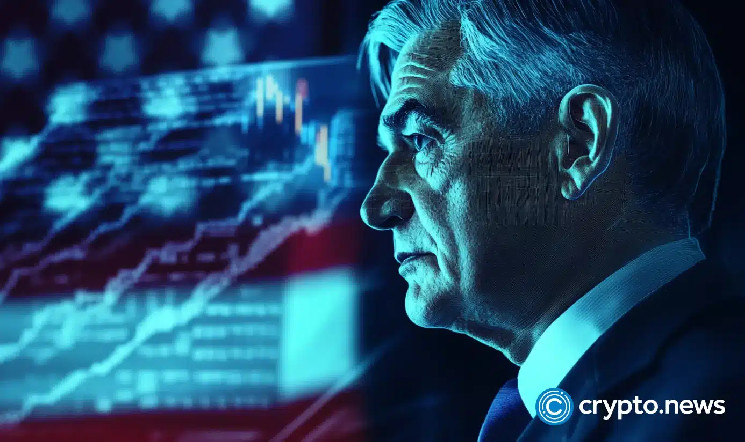The Federal Reserve, after its January meeting, decided to keep interest rates unchanged and expressed the need for more progress on inflation before considering any further cuts. However, what surprised the market was Fed Chair Jerome Powell's positive comments on cryptocurrency, signaling a major shift in the central bank's attitude towards digital assets. Powell stated that US banks are allowed to serve crypto clients as long as they manage the associated risks properly. This led to a spike in Bitcoin's price and reflects a growing acceptance of crypto in traditional financial institutions. Despite President Donald Trump's desire for lower interest rates, Powell has maintained the Fed's independence and refused to engage in Trump's rhetoric on the matter. Bitcoin's perceived risk level has diminished in the eyes of regulators, as they increasingly see it as an asset that can integrate peacefully into the existing financial system. The current cycle of Bitcoin sees record institutional inflows and increased interest in Bitcoin derivatives. Bitcoin's value proposition as a hedge against government debt and fiat currency risks has become stronger with the expected decline in long-term Treasury yields and the Fed's measured approach to rate cuts. With concerns over the long-term stability of fiat currencies and the Fed's acceptance of crypto, Bitcoin is transitioning into a legitimate macroeconomic hedge.
Weak Dollar, Money Printing and Other ‘Massive Changes’ To Bring Bitcoin to $1,000,000: Arthur Hayes
Bitcoin Exchange Binance Announces It Will Support Network Upgrades and Hardforks of These Altcoins!
 Esponel (es)
Esponel (es) Türkçe (tr)
Türkçe (tr) Russian (ru)
Russian (ru) 한국인 (kr)
한국인 (kr) Italiano (it)
Italiano (it) हिंदी (in)
हिंदी (in) عربي (ar)
عربي (ar) Français (fr)
Français (fr) Deutsch (de)
Deutsch (de) 日本 (jp)
日本 (jp) 中国人 (cn)
中国人 (cn)
 Content Editor
( crypto.news )
Content Editor
( crypto.news )
